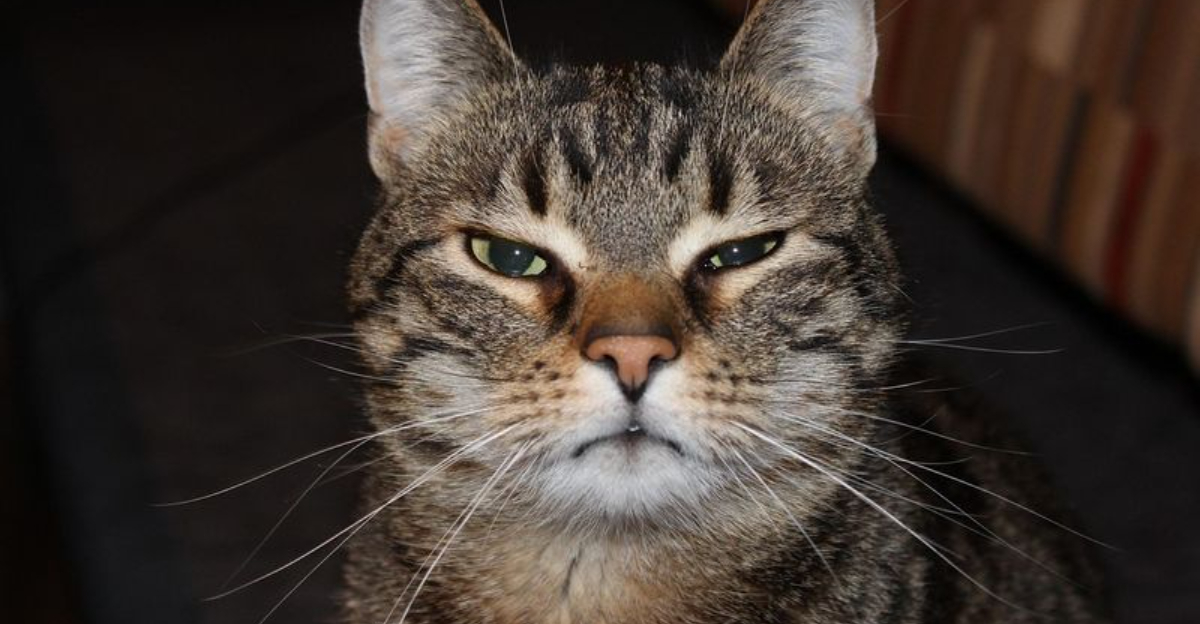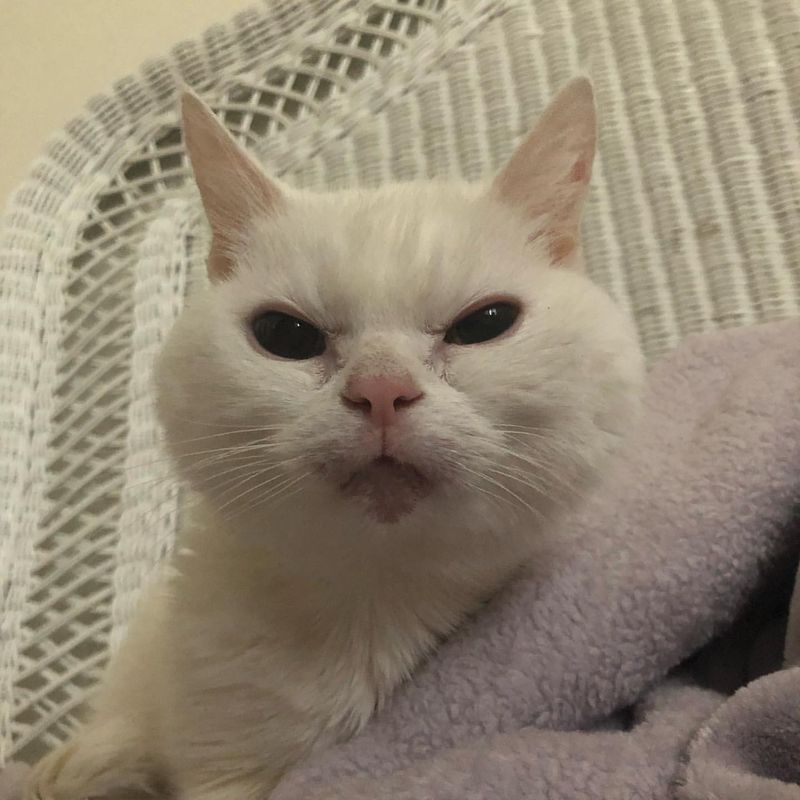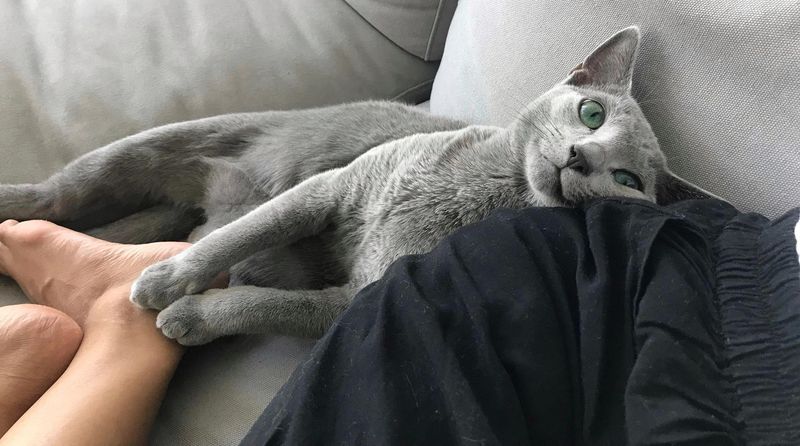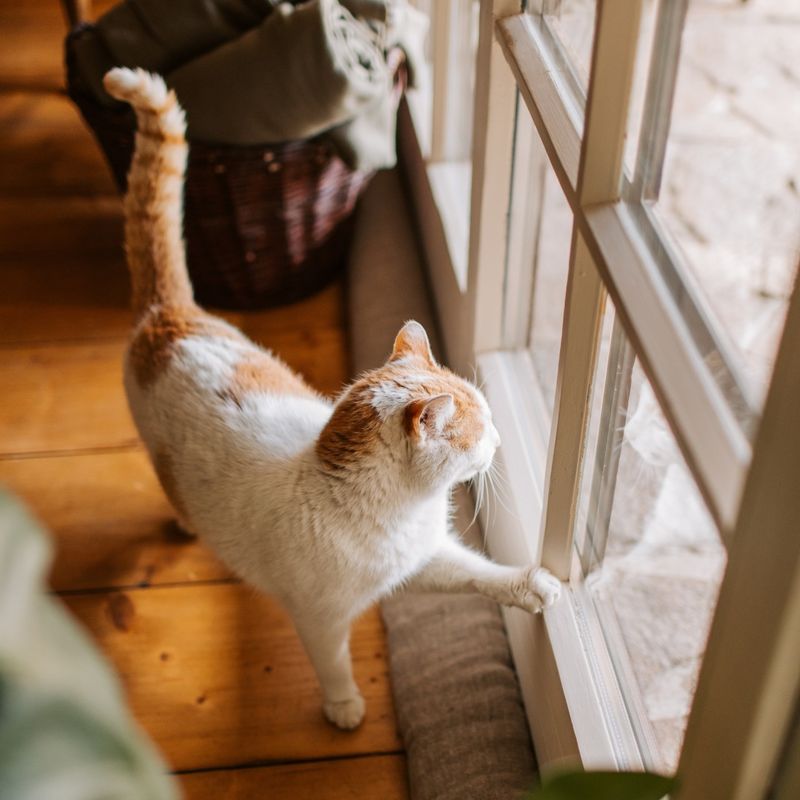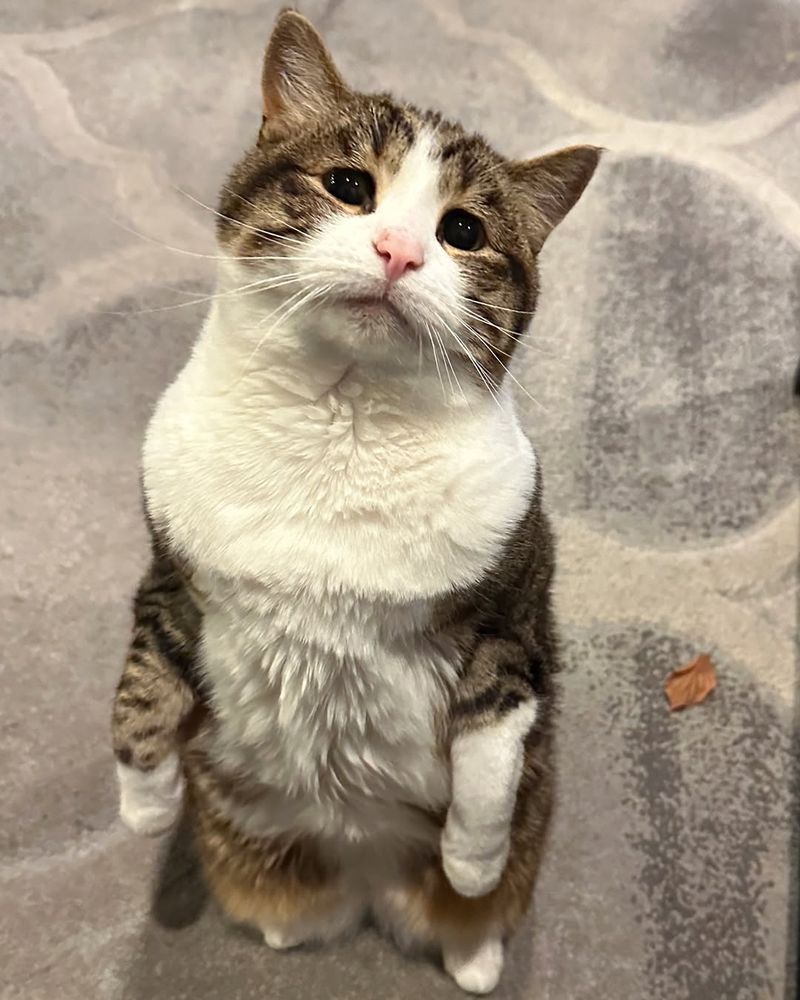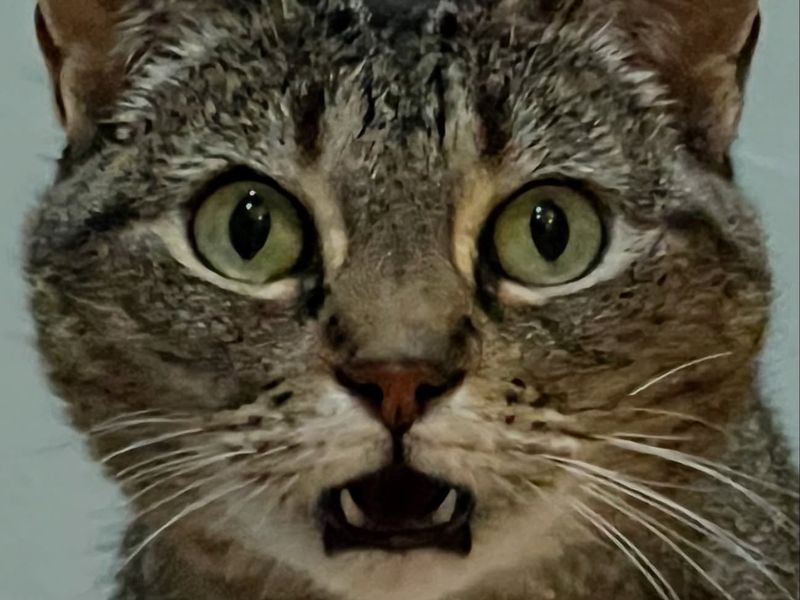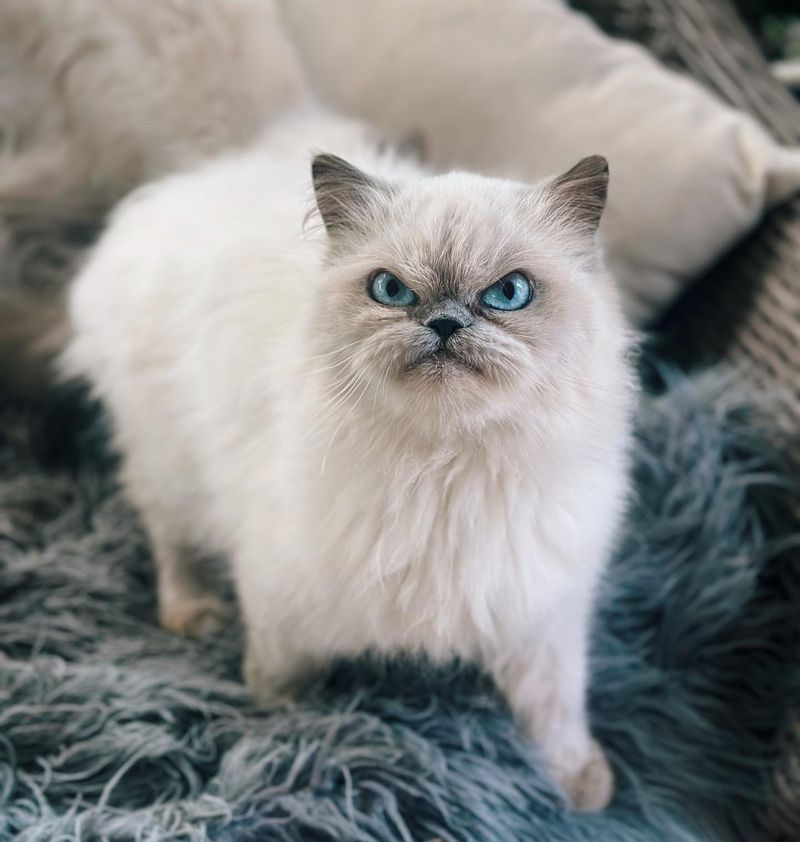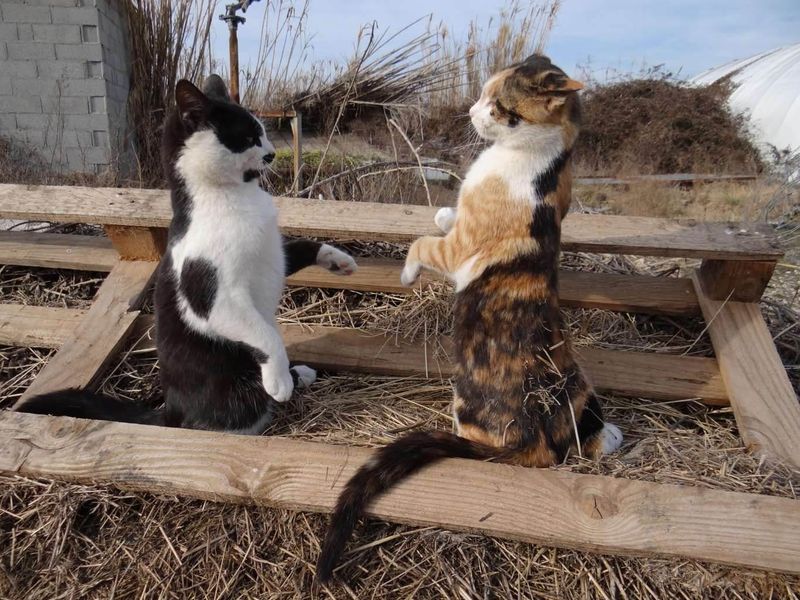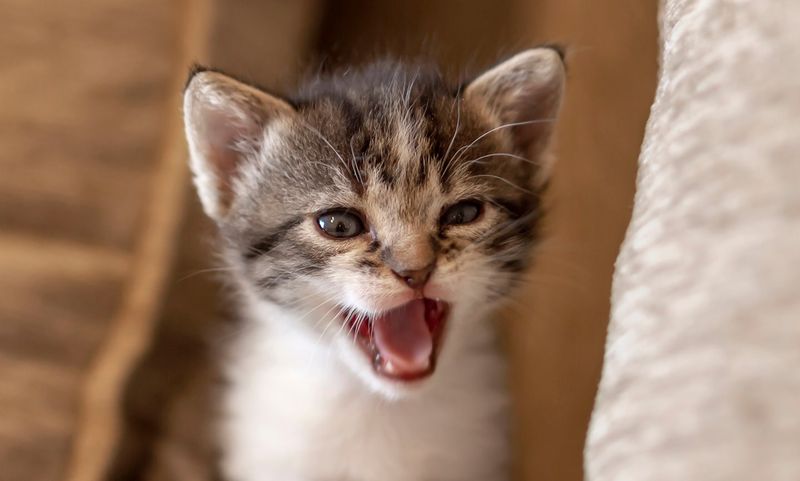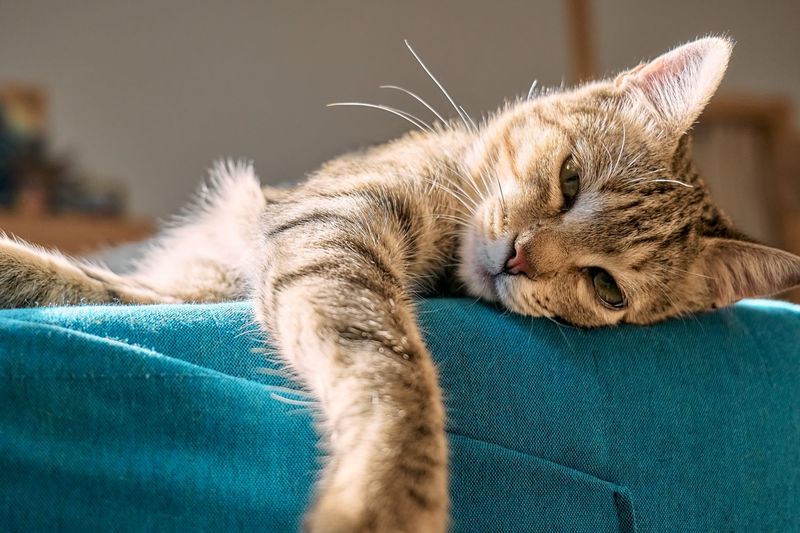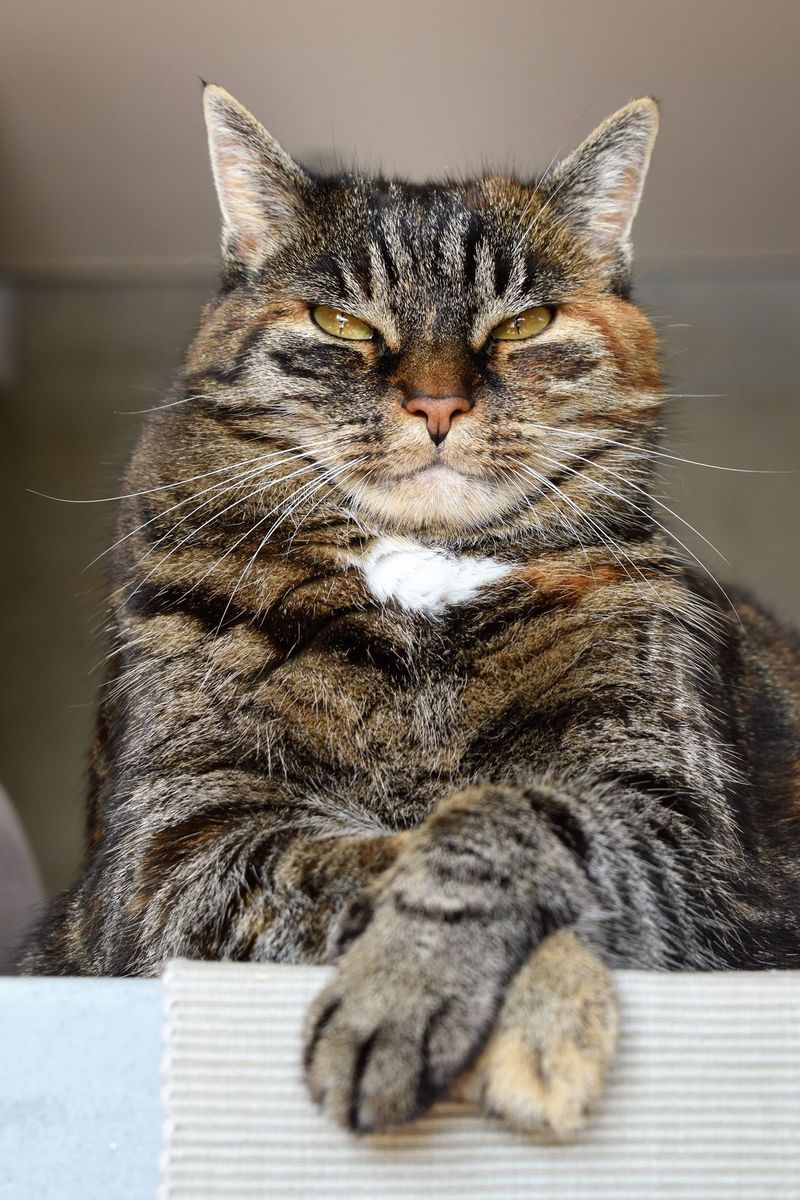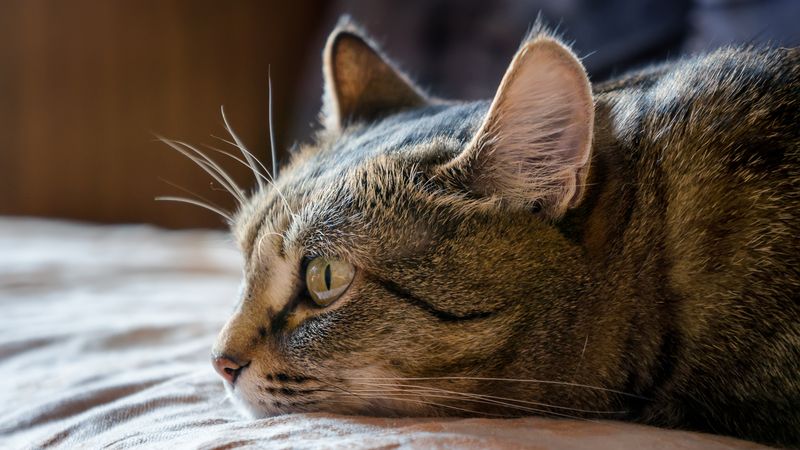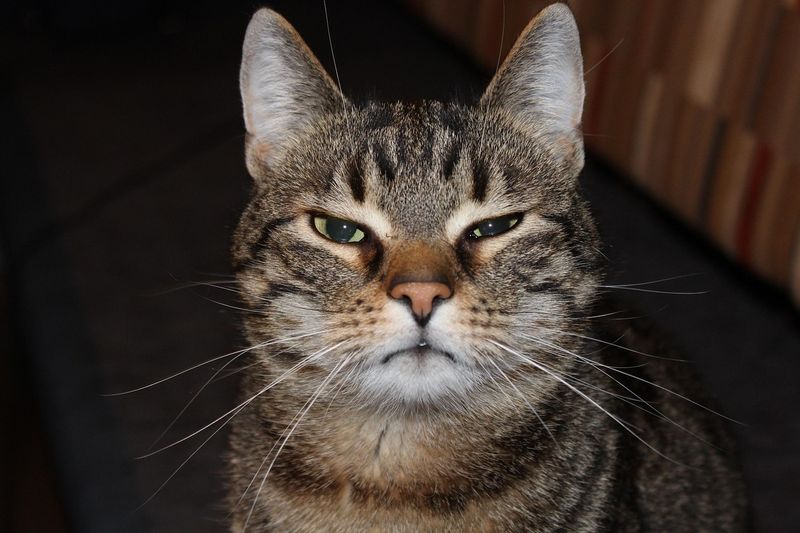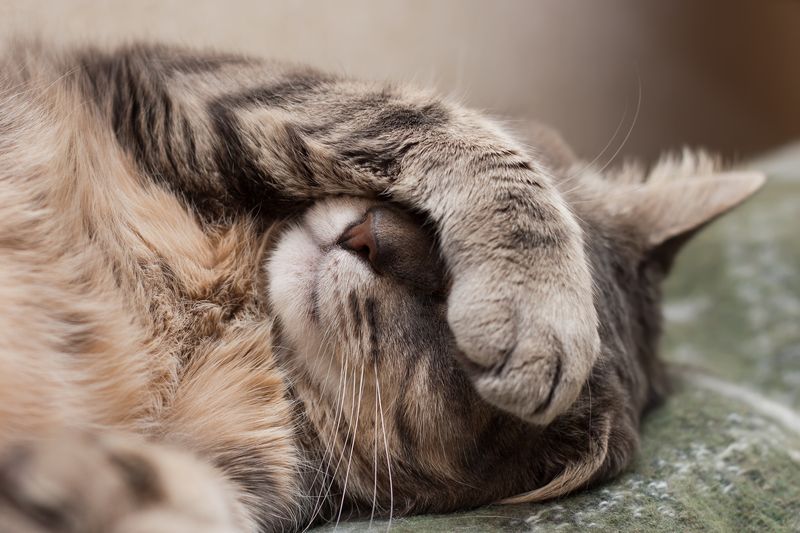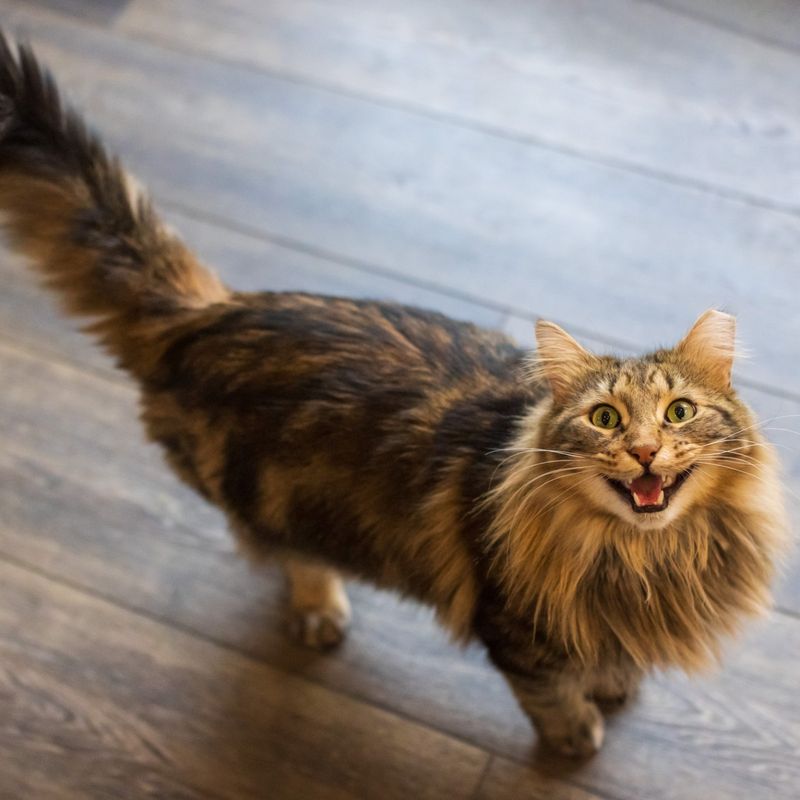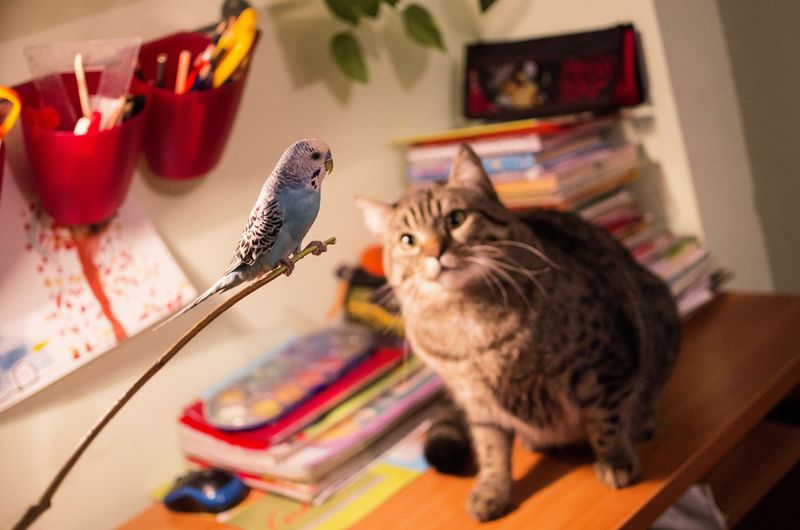📖 Table of Content:
- 1. Hunger Pains
- 2. Seeking Attention
- 3. Curiosity Calls
- 4. Expressing Discomfort
- 5. Stress Signals
- 6. Marking Territory
- 7. Communicating with Others
- 8. Mating Calls
- 9. Feeling Bored
- 10. Aging Concerns
- 11. Seeking Comfort
- 12. Attention to Routine Changes
- 13. Health Issues
- 14. Feeling Safe
- 15. Attention from Other Animals
Cats have long been admired for their enigmatic behavior and the ways they communicate. Their vocalizations can range from gentle purring to loud meows, often leaving owners curious about their meaning. When a cat consistently talks back, it can be difficult to understand what they are trying to convey.
Understanding why a cat is so vocal can help reveal more about their emotions and needs. Each meow or chirp serves as a clue into their world, whether it’s a sign of affection or a request for attention. By learning to interpret these sounds, owners can improve their relationship with their feline companion.
Exploring the reasons behind a cat’s constant chatter can shed light on their behavior. From playfulness to frustration, their vocalizations are a window into their personalities. Here are 15 reasons why your cat’s sassy talk might never seem to end.
1. Hunger Pains
When your cat’s chatter seems endless, hunger could be the culprit. Cats often use their voices to express a need for food, especially when mealtime approaches. The insistent meowing might intensify if they’ve learned that it gets them fed faster.
If your cat is persistently vocal around the kitchen, consider adjusting feeding times or portions. Sometimes, providing smaller, more frequent meals can satisfy their needs and reduce the chatter.
By tuning into their vocal cues, you can ensure your furry friend remains well-fed and content, fostering a happy household environment.
2. Seeking Attention
A cat’s lively chatter often signals a desire for attention. These sociable creatures crave interaction and may vocalize to draw you into play or simply to share a moment together.
If your cat seems extra talkative, try engaging with them through gentle petting or by tossing a favorite toy. These actions can satisfy their need for companionship and reduce their vocal demands.
Remember, your cat values the time spent with you. Regularly setting aside moments for play and affection can help maintain a peaceful, less talkative home.
3. Curiosity Calls
Cats are naturally curious creatures, and their vocalizations can be a response to intriguing sights or sounds. When they spot something fascinating, like birds or other animals, their chatty behavior may increase.
This is their way of processing excitement or frustration at not being able to reach what interests them. To keep them entertained, consider placing bird feeders outside windows or providing interactive toys.
Such measures can help satisfy their curiosity and manage their vocal responses to external stimuli, contributing to their overall well-being.
4. Expressing Discomfort
Persistent meowing might indicate discomfort or pain. Cats often vocalize their distress if they feel unwell or are in pain. Observing changes in their behavior, such as increased vocalization accompanied by lethargy or aggression, can be crucial.
Consulting with a veterinarian can help diagnose potential issues, ensuring your cat receives the care they need.
Addressing health concerns promptly not only alleviates their discomfort but also reduces unnecessary chatter. Staying attuned to their signals is essential in maintaining their health and happiness.
5. Stress Signals
Like humans, cats experience stress, and they often vocalize as a result. Changes in their environment, such as moving house or the addition of a new pet, can lead to increased chatter.
Creating a calm, stable environment helps minimize stress-induced vocalization. Consider setting up a quiet, safe space for them to retreat to when feeling overwhelmed.
Additionally, maintaining a consistent routine with feeding and playtime can provide comfort and reduce stress, leading to a quieter household.
6. Marking Territory
As natural protectors of their territory, cats use vocalizations to establish boundaries. If they feel another animal is invading their space, they’ll often increase their vocal activity as a warning.
This behavior is a natural, instinctive response to perceived threats. Ensuring that your cat feels secure in their environment can reduce such vocal displays.
Providing a consistent space where they feel safe and unchallenged helps manage their territorial instincts and curb excessive chatting.
7. Communicating with Others
Cats do communicate with one another, and your cat’s chatty nature might be their way of conversing with other pets or responding to neighborhood animals. These vocal exchanges can be both social and territorial.
If your cat is frequently vocalizing around other animals, observe the interactions to determine if there is cause for concern or if it’s simply social chatter.
Understanding these dynamics can help you intervene appropriately, ensuring harmonious relationships and a quieter environment.
8. Mating Calls
During heat, cats often become extremely vocal, with loud meows and cries meant to draw in potential mates. This is especially true for females that haven’t been spayed and males that remain unneutered.
If mating calls are contributing to your cat’s vocal habits, consider discussing spaying or neutering with your veterinarian. These procedures can significantly reduce such behaviors, benefiting both your cat’s health and household peace.
Taking proactive steps helps in managing their natural urges and maintaining a serene home environment.
9. Feeling Bored
A bored cat might express their feelings through incessant meowing. Without enough mental or physical stimulation, they may resort to vocalizations to convey their need for engagement.
Providing a variety of toys and dedicating time to interactive play can alleviate boredom. Cat trees, puzzle toys, or even a simple string can provide entertainment and reduce vocal demands.
Keeping your cat mentally and physically active is key to preventing restlessness and maintaining a happy, quiet home.
10. Aging Concerns
As cats age, they may become more vocal due to cognitive changes. Senior cats might meow more often out of confusion, anxiety, or changes in senses.
If your older cat is increasingly talkative, consider consulting with a veterinarian to discuss potential age-related issues. They may suggest dietary changes or supplements that could assist in managing these vocal behaviors.
Providing a comfortable, reassuring environment can help ease the aging process and make your cat feel secure.
11. Seeking Comfort
Vocalizations can be a plea for comfort. Cats may meow to seek warmth, affection, or simply a comforting presence. These loving creatures often use their voices to connect with you emotionally.
Offering a warm lap or a cozy space can help fulfill their need for comfort. Additionally, responding to their vocal cues with gentle strokes or soft words can strengthen your bond.
Creating a nurturing environment ensures your cat feels loved and reduces their need for vocal reassurance.
12. Attention to Routine Changes
Routine is important to cats, and even the smallest change can result in vocal protests. Whether it’s altering feeding schedules or a new work routine, cats often express their displeasure through meows.
To minimize this, try to maintain consistency in their daily activities. If changes are unavoidable, gradually introduce them to help your cat adjust.
Understanding their need for stability can lead to a more harmonious household, where their vocal protests are kept to a minimum.
13. Health Issues
f your cat’s vocalizations become unusually persistent, it might be due to health issues like thyroid imbalances or high blood pressure. Meowing excessively can often be a symptom of such conditions.
Regular veterinary check-ups are essential for detecting and addressing these concerns early. If you notice any unusual behavior along with increased vocalization, seek professional advice.
Prompt medical attention ensures your cat’s health and reduces unnecessary noise, contributing to their overall well-being.
14. Feeling Safe
Cats often become more vocal when they feel safe and secure in their environment. This chatter can be a sign of contentment, where they feel free to express themselves without fear.
Encouraging this sense of security through consistent care and a loving atmosphere can maintain a positive environment. Their happy chatter is a testament to the comfort they experience at home.
Rejoicing in their vocal expressions of happiness can enhance your bond and ensure a joyful cohabitation.
15. Attention from Other Animals
When another animal catches their eye, cats will often meow to communicate. Whether it’s a bird outside or a pet walking by, their chatter is an invitation for interaction.
Encouraging safe, supervised contact with other animals can enrich your cat’s social life while managing their vocal urges.
Facilitating these interactions responsibly ensures your cat remains stimulated and satisfied, reducing excessive vocalizations and promoting happiness.
